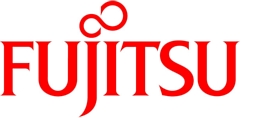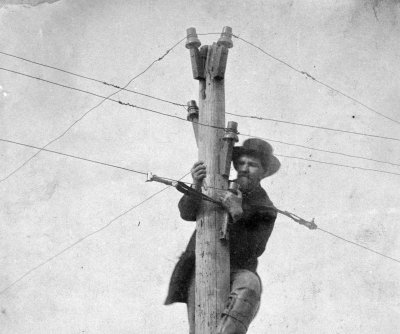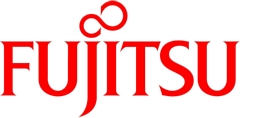Now Reading: NIED, Fujitsu, SDS and Mitsubishi Electric sign joint research agreement to advance Japan Disaster Charter operational framework
-
01
NIED, Fujitsu, SDS and Mitsubishi Electric sign joint research agreement to advance Japan Disaster Charter operational framework
NIED, Fujitsu, SDS and Mitsubishi Electric sign joint research agreement to advance Japan Disaster Charter operational framework

Tokyo, Kawasaki, Tsukuba, May 23, 2025 – A collaboration has been established between the National Research Institute for Earth Science and Disaster Resilience (NIED), Fujitsu Limited, Satellite Data Service Co., Ltd. (SDS), and Mitsubishi Electric Corporation. The joint research agreement aims to improve the operational scheme for the full-scale implementation of the Japan Disaster Charter, a framework for disaster response utilizing satellite data supported by the Cabinet Office and private sectors.
The agreement, finalized on May 15, focuses on enhancing the secretariat functions and supporting systems of the Japan Disaster Charter. Following significant disasters like earthquakes and floods, understanding the overall situation of affected areas promptly is crucial for effective response and recovery efforts. Earth-observation satellites play a key role in providing a comprehensive view of disaster zones, aiding in disaster response. However, data analysis institutions, such as satellite data analysis service providers, cannot handle the diverse satellite data analysis alone or respond to unforeseen disasters round the clock. Therefore, establishing an efficient framework to leverage satellite data, especially in disaster-prone regions like Japan, is essential.
The Japan Disaster Charter enables rapid observation of disaster-affected areas using Earth observation satellites and tailored analytical data provision upon request from users like disaster-response agencies, public institutions, local governments, and private sectors. Through this collaboration between the Cabinet Office and the private sector, information services under this framework are set to be launched. By utilizing the services provided by the Japan Disaster Charter, users can swiftly obtain a comprehensive overview of affected areas after a disaster, facilitating quicker response and more effective reconstruction efforts.
Since the fiscal year ending March 2024 through 2025, the four parties have been engaged in the Cabinet Office’s BRIDGE project, focusing on integrating satellite remote sensing resources for the Japan Disaster Charter. This includes developing a system for acquiring, analyzing, and providing satellite data, establishing and demonstrating the operational procedures of the Japan Disaster Charter secretariat, exploring public-private business models, and identifying key challenges. With the new joint research agreement in place, the parties will further enhance secretariat functions and the “Satellite One-Stop System” information provision system, which quickly identifies suitable satellites for disaster-area observations and handles end-to-end data acquisition and delivery. The focus will be on examining public-private business models for secretariat functions, enhancing common satellite-data analysis capabilities, and improving systems for rapid data sharing. For the information provision system, the goal is to automate the process from disaster detection to issuing satellite tasking commands, eliminating manual work and significantly reducing the time needed to deliver crucial damage assessments during the initial response phase.
These efforts will refine the operational scheme of the Japan Disaster Charter and expedite its full social implementation.






